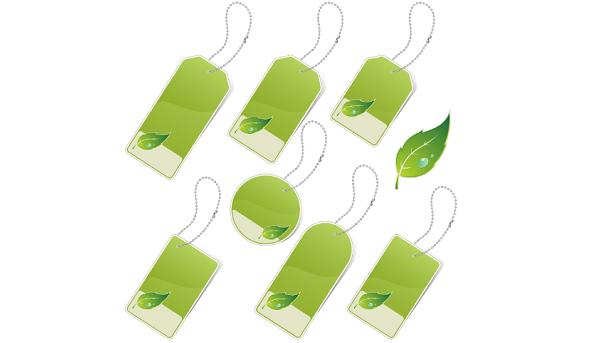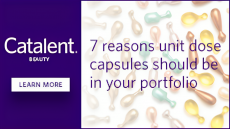Too many ethical labels could mean no harmony and increased confusion

Initially the trend began because consumers were looking for eco-labelled products, leading to an increase in numbers.
However, labels and standards have been criticised as merely a marketing ploy for some, and with so many available now, it is easy to get confused.
Especially with cruelty-free and halal labels, for example, which have both been popular with consumers, natural and organic standards need to make sure they resonate with consumers and don’t get lost in the confusion.
And London-based firm Organic Monitor believes there are concerns about the ramifications of the recent proliferation in labels.
Firstly, because most labels are adopted on a national basis, with few having a significant regional presence, and secondly because there is little harmonisation between the growing myriad of standards.
“Even in the natural & organic cosmetics industry, there has been little progress in aligning standards,” it comments. “As a consequence, multiple logos and symbols are appearing on cosmetic products.”
As is often the case, particularly in the natural and organic market, the growing numbers of eco-labels in the cosmetics industry follows what has been happening in the food industry, with labels such as Fairtrade and the Rainforest Alliance seal crossing over to cosmetics.
And Organic Monitor warns that one of the key lessons from the sustainable food industry is that this development leads to consumer confusion.
Adoption rates
According to the research company, adoption rates of natural and organic cosmetic standards vary considerably between regions, with Western Europe having the highest adoption rate where almost 3% of all cosmetics are now certified.
Certification is also gaining popularity in North America, however the market share remains below 1% in all other regions. Adoption rates are especially low in Asia, where mostly imported products are certified.
“Whilst standards assure consumers that certified products meet some ethical requirements, the plethora of symbols and logos has a counter effect. A wider question is: how many ‘badges of honour’ does a truly ethical product need?” it asks.
Ethical labelling will be one of the areas discussed at the upcoming Sustainable Cosmetics Summit in Paris on October 21-23.













